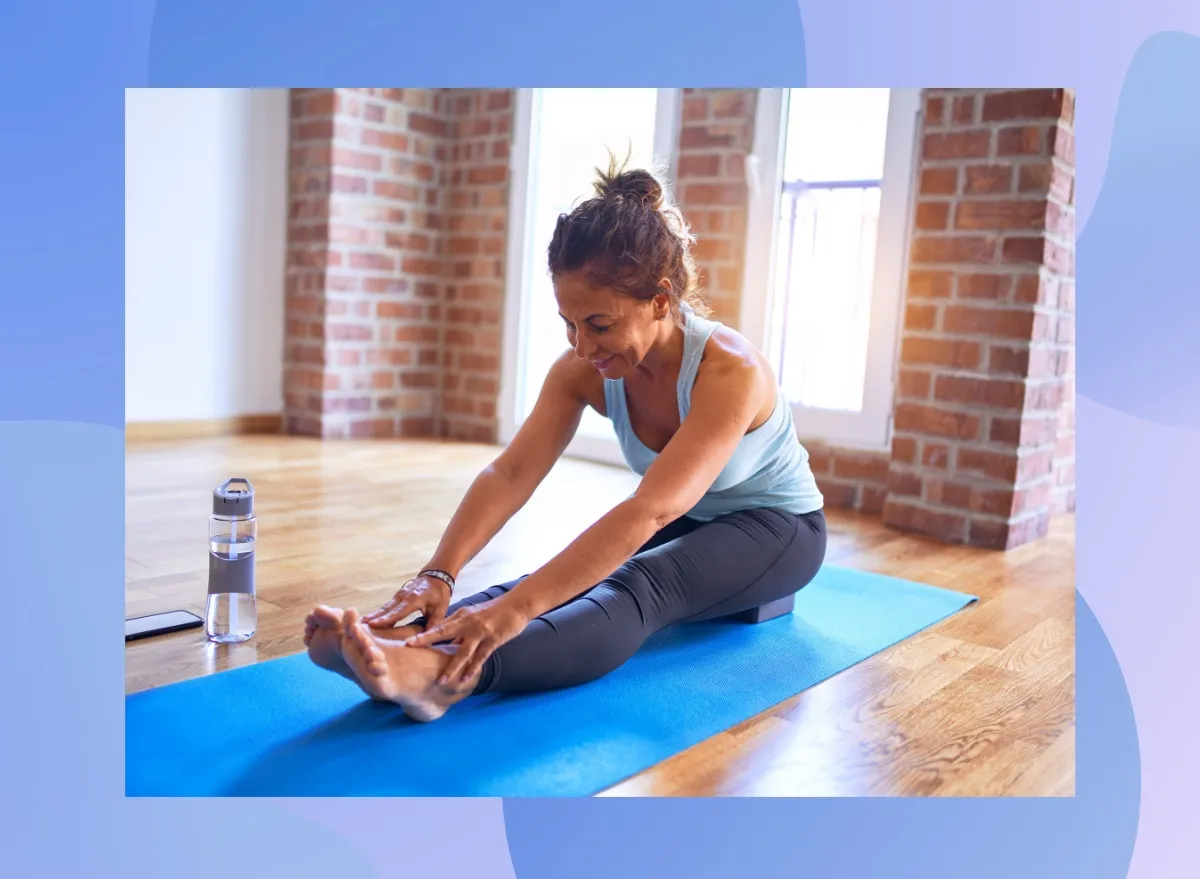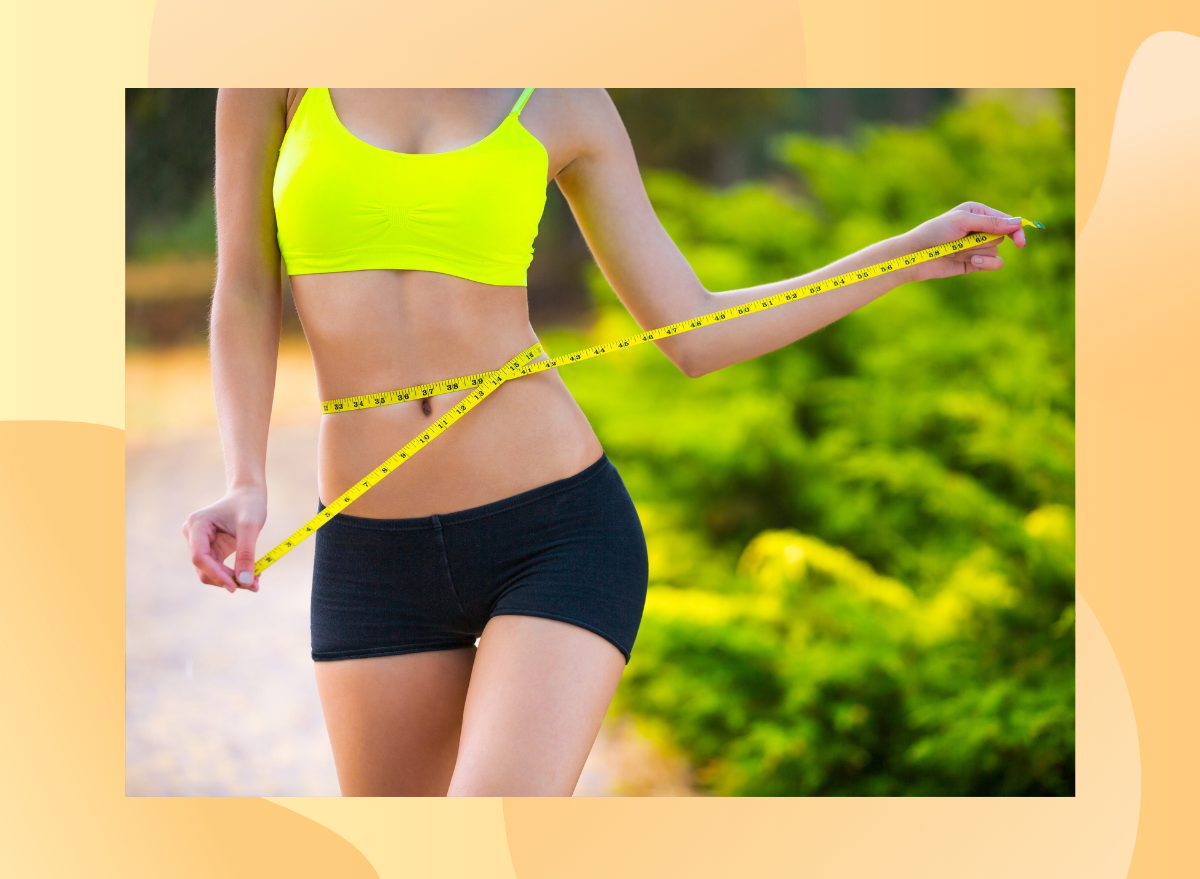
N95 masks are a hot item right now, given the number of experts recommending them as offering superior protection against omicron. And while many public health and epidemiology experts have been advocating for people to wear respirator masks for a while, it wasn’t until recently that Centers for Disease Control and Prevention (CDC) updated their guidelines on masks: The agency finally updated the page last week to reflect that these respirators are the preferred choice (and that they are not in short supply, as they were earlier in the pandemic).
“While all masks and respirators provide some level of protection, properly fitted respirators provide the highest level of protection,” the CDC writes. “A respirator has better filtration, and if worn properly the whole time it is in use, can provide a higher level of protection than a cloth or procedural mask.”
Given the CDC’s emphasis on proper fit, you’ll be glad to know that the agency also published more information for the public on choosing the best N95 and KN95 masks—as well as practical recommendations for improving the fit of their masks. Here are some of the top tips.
Tips for N95 and KN95 respirator masks
1. Make sure you have the real thing.
First and foremost, authentic N95s and KN95s will fit and function better. There have been issues with counterfeit masks being distributed to consumers and even hospitals, as SELF has reported. The National Institute for Occupational Safety and Health (NIOSH), a division of the Centers for Disease Control and Prevention (CDC) and the body that certifies respirators, provides a wealth of helpful information for consumers here, as SELF has reported. NIOSH has a list of approved N95 manufacturers, a list of counterfeit masks, ways to verify it’s a genuine N95 (like looking for the “NIOSH” stamp and an approval TC number), and hallmark signs of counterfeits (such as misspellings or a lack of markings). You can read more about choosing respirators and where to buy them here.
2. Find the right mask.
“It is important to pick a respirator that fits your face and seals well since not all fit the same,” the CDC points out. If you’ve ever used a respirator mask that fit you well (think: no gaps) before, NIOSH recommends that you try to find masks of the same make, model, and size if possible. And if not, you might have to test out a few different products to find the best match.
3. Make sure nothing is getting in the way.
NIOSH advises being aware of facial hair, hair, glasses, and jewelry that could potentially interfere with the placement and fit of your respirator. (That might mean tying your hair back, trimming your beard, putting on your glasses after the mask, and avoiding bulky earrings or nose piercings, for instance.) Facial hair especially can create air gaps with respirators, the CDC notes.
4. Follow the instructions.
This is one set of directions you don’t want to throw away immediately! Following the manufacturer’s recommendations that came with your mask step-by-step will help you know how to use the product properly. And if you did throw the directions away, the CDC has published the manufacturer’s instructions for many NIOSH-approved devices.
5. Put it on properly.
While you’ll want to follow the instructions that came with your particular mask, here’s the general idea: First cup the respirator over your chin and nose. Then, pull the top strap over your head and position it at the top back of your head, and fasten the bottom strap (assuming it has two straps) around the neck, below the ears. Finally, if your mask has a metal nose clip, press downward on it with your fingers to mold it around the sides of your nose. Check out this graphic guide and video from NIOSH walking you through putting on and checking the fit of your respirator.
READ RELATED: Coronavirus vaccine: When will we have one?
6. Check the seal.
This is key: Respirator masks need to form a tight seal to the face in order to work properly, the CDC explains. Authentic N95 masks are so named because they filter out at least 95% of air particles—when properly fitted.
NIOSH has guidance for checking the seal on your respirator (as well as helpful graphics). First, put both hands over the middle area of the respirator and breathe in quickly. The respirator should seal tightly to the face when you do this. Then, place both hands over the respirator, including along the sides, and breathe out to feel for air leakage with your hands. If the leak is around the nose area, you can readjust the nosepiece to be more flush against your face. If the leak is at the edges, adjust the straps to close the gap and check the seal again. Repeat if necessary.
Tips for surgical and cloth masks
Respirator masks provide superior protection. But any mask is better than no mask—and if surgical or cloth masks (preferably multilayered ones) are all you currently access to, there are still ways to improve their fit. The goal is still to achieve a secure fit by minimizing coverage gaps that air particles can leak in or out of.
1. Breathe in and out to check the fit.
The CDC recommends checking for gaps by cupping your hands around the outer edges of the mask, paying special attention to any airflow under your eyes or on the sides of the fate. You can test the security of your mask by taking a few breaths. If on an inhale you feel warm air come in through the front of the mask—and potentially observe the mask being sucked in and pushed out a little with each breath—that is an indicator of proper fit, according to the CDC.
2. Use a mask fitter or brace.
Another way to improve the fit is using a mask fitter or brace, which goes over a disposable or cloth mask to minimize any gaps around the edges.
3. Adjust the nosepiece
For disposable masks, the CDC says to try to use ones that have nose wire, a bendable metal strip along the top. You can shape the wire over your nose to create a more snug fit in that area.
4. Double mask.
And, of course, there is the good old double masking technique of wearing a well-fitting cloth mask over a disposable mask. (Don’t bother with two surgical masks, though, per the CDC—it won’t improve the fit.)
Related:
Source: SELF







